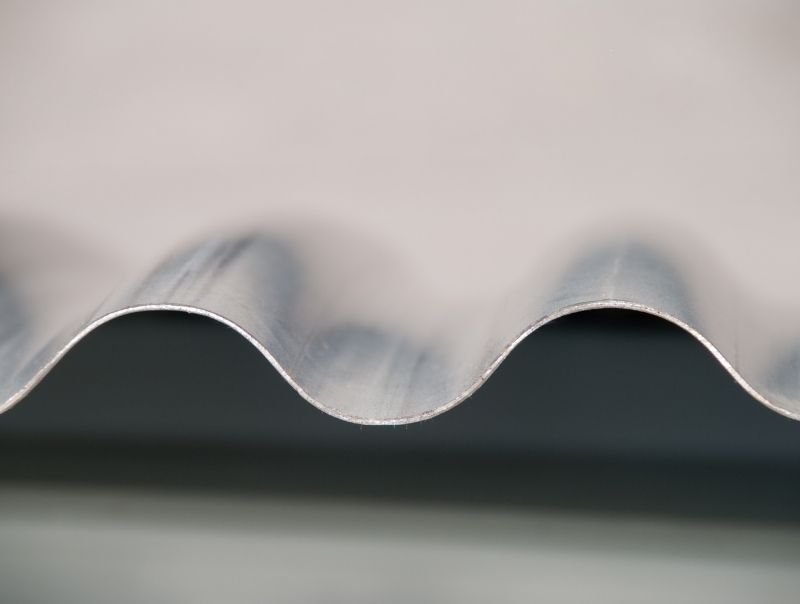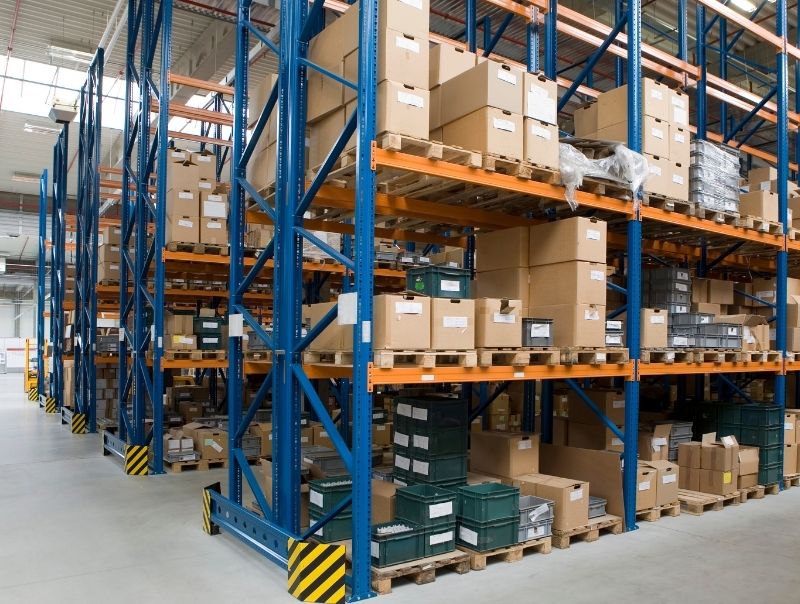Introduction:
Welding is a fundamental process in metal fabrication, allowing various materials to be joined together permanently. Among the different welding techniques, solid welding, also known as gas metal arc welding (GMAW), stands as one of the most popular and versatile methods. In this blog post, we will explore the process of solid welding, its applications, and provide essential tips to help you become proficient in this crucial welding technique.
What is Solid Welding (GMAW)?
Solid welding, or gas metal arc welding (GMAW), is a welding process that utilizes a continuous, consumable wire electrode to create a fusion between metals. The electrode wire, an alloy that matches the base metal, is fed through a welding gun, and an inert shielding gas, typically argon or a mixture of argon and carbon dioxide, is used to protect the weld pool from atmospheric contamination. GMAW is widely used in various industries due to its versatility, ease of automation, and ability to weld thin to thick metal sections effectively.
The Solid Welding Process:
Preparation: Begin by cleaning the base metals to be welded, ensuring they are free from rust, oil, and debris. Proper preparation is crucial for achieving high-quality welds.
Assemble the Equipment: Set up the welding equipment, which includes the welding machine, welding gun, and gas supply. Make sure all connections are secure and in good working condition.
Select the Correct Parameters: Choose the appropriate welding parameters, such as voltage, amperage, and wire feed speed, based on the thickness and type of metal being welded. These settings may vary depending on the specific welding application.
Positioning: Position the welding gun at the desired angle and distance from the workpiece. Maintaining the right distance is critical for achieving proper weld penetration and appearance.
Start Welding: Activate the welding gun to initiate the arc, and begin welding by moving it steadily along the joint. The weld pool should be smooth and consistent, ensuring a strong bond between the metals.
Control Travel Speed: Properly controlling the travel speed is essential. Moving too fast may result in insufficient penetration, while moving too slowly can lead to excessive heat buildup and potential burn-through.
Maintain a Consistent Arc Length: Keep the arc length steady throughout the welding process. An inconsistent arc length can cause uneven welds and spatter.
Use Proper PPE: Always wear appropriate personal protective equipment (PPE), including a welding helmet, gloves, and protective clothing, to ensure safety during the welding process.
Applications of Solid Welding:
Solid welding finds extensive use across various industries, including:
Automotive: Used for welding car frames, exhaust systems, and body components.
Construction: Utilized in the fabrication of steel structures, beams, and girders.
Manufacturing: Commonly employed in the production of machinery, equipment, and appliances.
Shipbuilding: Used to weld ship components, hulls, and decks.
Aerospace: Applied in the fabrication of aircraft parts and components.
Conclusion:
Solid welding, or gas metal arc welding (GMAW), is a versatile and widely used welding process that plays a critical role in various industries. By understanding the welding process and following essential tips, you can achieve high-quality welds and broaden your capabilities as a skilled welder. Whether you’re working on automotive projects, constructing buildings, or fabricating machinery, solid welding will continue to be an indispensable technique in the world of metal fabrication. So, embrace the art of solid welding and unlock a world of creative possibilities in the realm of metalworking.



